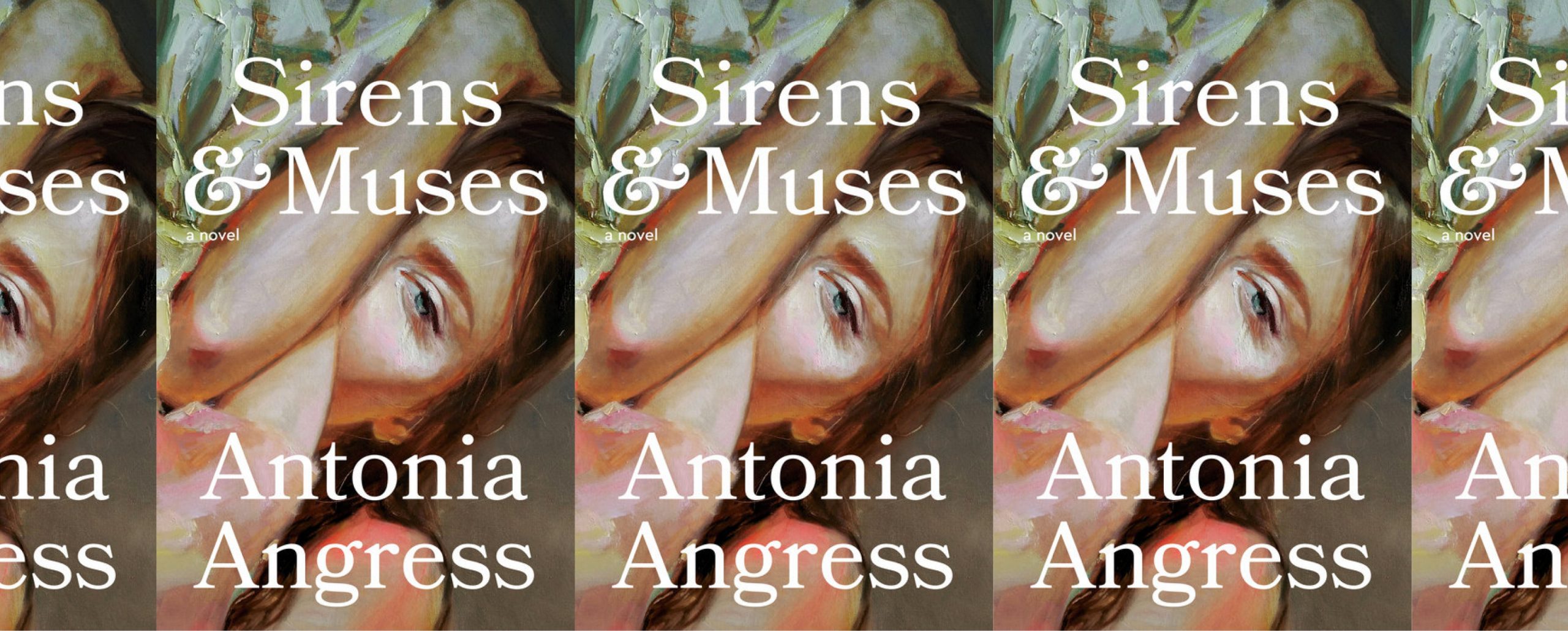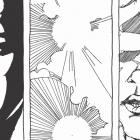Art and Capital

Antonia Angress’s debut novel, Sirens & Muses, published earlier this year, is set partly against the backdrop of the Occupy Wall Street protests that took place in Manhattan’s Zuccotti Park in 2011. While only a decade in the past, that era feels both very recent and very long ago—before Trump, before the COVID-19 pandemic, a time when high-ranking public officials were not committing overt war against the idea of democracy itself. With Occupy, public social protest felt energized and energizing.
The protests called attention to income inequality and the heavy influence of money in politics. Through human microphones, lending libraries, pop-up kitchens, and self-contained power generators, the encampments at Zuccotti and elsewhere took on the form of leaderless mini societies that demonstrated how people could thrive without money as their motivating ethos. The occupation was also notable for its absence of concrete demands: rather than persisting only until a specific end was met, Occupy’s aims were partly about recentering the conversation about equality, exposing absurdities of wealth, and giving people hope that alternatives to blind capitalism were not only sustainable but could enrich humanity. In Sirens & Muses, Angress captures the energy that Occupy carried with glancing description: “The movement was barely a week old, but already there was something new and exciting about it, something authentic,” she writes. “Maybe it was that sense of collective fury, the gasoline stench of the world on the cusp of revolt.”
Angress sets the first half of her novel at Wrynn College, a fictional New England art school. Art schools are a fertile setting for characters seeking a greater understanding about their capacities and limitations as humans and artists, and Sirens & Muses is a novel about young people looking to find their voices as artists and as adults—through love and heartbreak, through desire, through success and failure and growth. But the choice to set the novel against Occupy Wall Street invites the opportunity for a conversation between the characters’ private motives—and their identities as artists and lovers—and the grander motive of art as a whole, seeking to leave its mark in a world ruled by economic forces that resist being swayed by individual hands. “Listen, I don’t believe in God,” says the encampment leader, Garrett. “I don’t believe in capitalism. But I believe in art. I really do. I think it’s a tool for meaningful social change.”
The four main characters in Sirens & Muses are positioned as compass points within this conversation: Karina, the wealthy daughter of art collectors; Luisa, her small-town roommate who must fund her education through scholarships and odd jobs; Preston, a hotshot contrarian rabble-rouser who finds a viral audience for his stunt projects and looks askance at what he perceives as the elite art-world establishment; and Robert, a middle-aged, somewhat resentful artist-in-residence who represents that establishment but whose relevance as an artist has faded.
Luisa is homesick for her Louisiana town and family, and paints safe landscapes and birds; Karina paints edgier, more abstract work with a knowledge of what sells over what does not. Resentful of what he believes to be an art world beholden to elite gatekeepers and corporate interests, Preston’s primary interest is disruption. He maintains a blog called The Wart, in which he shares photoshopped digital images meant as social commentary but also positioned to generate clicks and shares that function as ego currency: “It was indescribable, the rush he got from watching the page views mount, the likes accrue. Attention was the most valuable resource in the world, more powerful than any drug.” Annoyed by Preston’s upstart confidence, Robert pens an essay in Artforum targeting Preston that attacks “the proliferation of blogs that function as meme factories for pseudo art,” which leads Preston to write a revenge essay in the same magazine criticizing a retrospective of Robert’s work as “little more than a decades-long ego trip.” When Preston commits a hoax stunt disguised as an art project over campuswide email, he gets Robert fired and himself expelled.
Meanwhile, the three younger characters find themselves in a love triangle—Preston and Karina begin dating, but then later, as Karina becomes a model for Luisa, the two women become lovers. Desire on a personal level becomes a motivating ethic, and makes the reader momentarily forget the protests going on outside. In the parochial environment of an elite art school, everyone is each other’s muse (hence the novel’s title, as well as the aptly named Karina, who calls to mind the French New Wave actress Anna Karina, the wife and muse of Jean-Luc Godard, who appeared in more than a half-dozen of his films). Art decisions become hurtful decisions, and when the women fight, they fight by way of criticisms of what matters most to them—their art.
“You call your art regional, but it’s not. It’s provincial. You’re a provincial artist.”
Until now Louisa hadn’t been in danger of crying, but now that on-the-verge feeling began to clog her throat. “So are you,” she managed.
Karina scoffed.
“You think that because you’re from New York you’re exempt from provincialism?” Louisa said, her voice rising. “You make trendy shit for rich people. You make paintings that snobbish urban assholes can feel smart for liking.”
After they separate, each woman leaves Wrynn and finds her way to New York. Preston and Karina, already supported by their wealthy families, sign contracts and get gallery representation, while Luisa must house-sit for a photographer and work as an assistant to another artist. There is the expected amount of envy and posturing, though eventually, Karina and Preston, under pressure to produce sellable work to honor their contracts, soon become aware of their own value as commodities: “Preston liked being perceived as transgressive, but he did not like the idea of being a brand. He thought of his work as embodying the most primal impulses of online behavior. It was provocative, but also affectless. It refused meaning. It was no more a brand than Internet trolling was a brand.”
The romances, jealousies, and flexing in Sirens & Muses are viable in the present day, as are the serious questions about what we seek to do when we make art. So what, if anything, does the choice to set the book against Occupy Wall Street add?
It is Robert, more than the students, who becomes entranced with what the movement is trying to do—though more so as a critic than an activist. He has already been given the lesson about art and expression having limitations in what it can achieve. Ironically, he eventually finds himself involved in protests staged at the Guggenheim (over the museum’s use of slave labor in Abu Dhabi), going after the very institutions that Preston had accused of elevating conventional talents like Robert.
About three-quarters of the way through the book, Luisa has a conversation with Ines, an established photographer for whom she is pet-sitting and who, by her own admission, is not thriving. “You can’t be doing this for validation,” Ines tells her. “My god, you just can’t. It’s not sustainable. There has to be something else motivating you.” The advice might sound obvious, but it’s at this point in the book that we’re reminded just how young these students are, and how difficult it is to be an artist in the twenty-first century, when buzz and virality have flattened the idea of what success means. The need to be seen is recognizable to any reader who has attempted to write or make art themselves. The measuring of such success in terms of instant gratification, likes and re-shares and contracted pay, only distances us from the power of art to remind us we are human.
In setting the story against Occupy Wall Street, Angress opens an intelligent dialogue about the different relationships that people have with art, and particularly the gap between art that connects on a personal level and art that is meant to instigate change. The novel has crucial points to make, in particular, the struggle to center art in our lives and our culture at a time when money and commerce seem to be the forces that determine the worth of things. Angress does not offer easy answers, but pleasingly, she does not let those questions fade into the background while the characters sort out their own desires.



